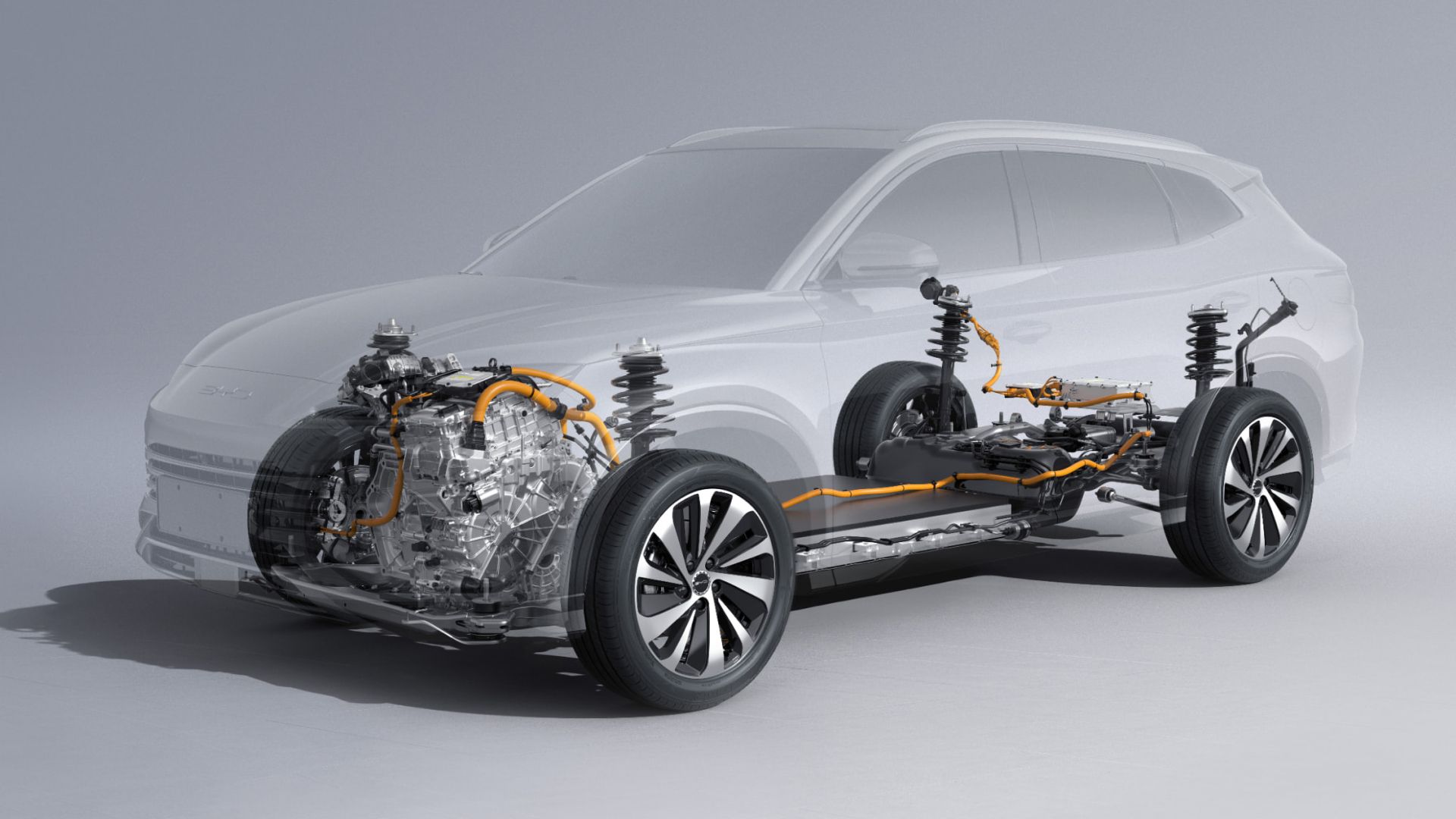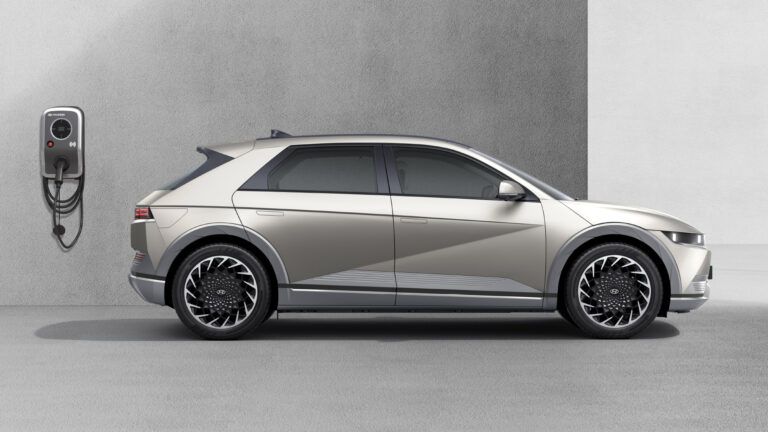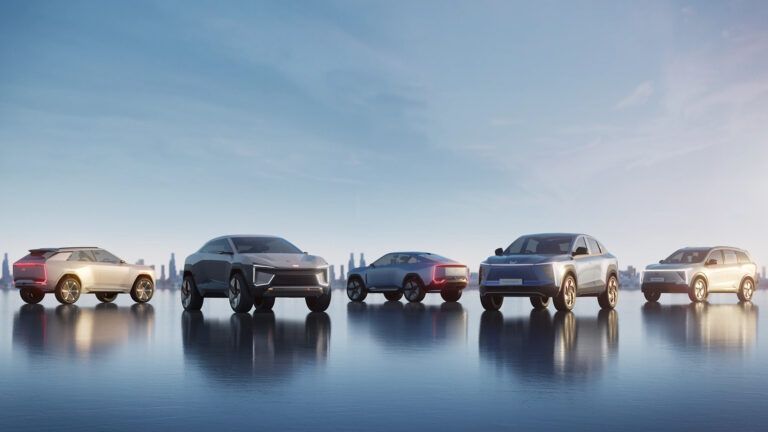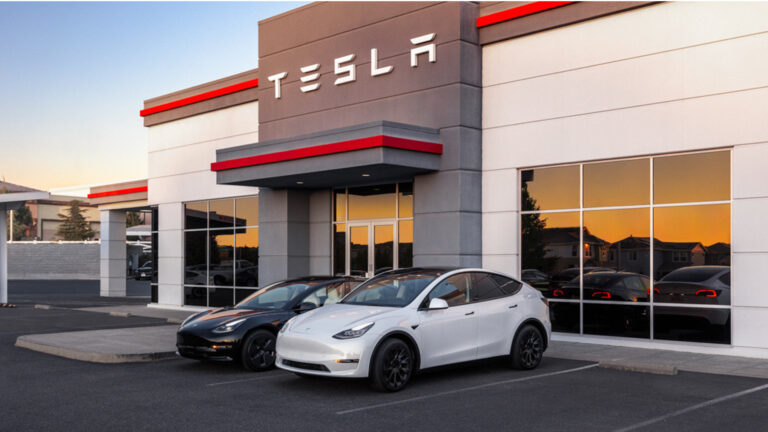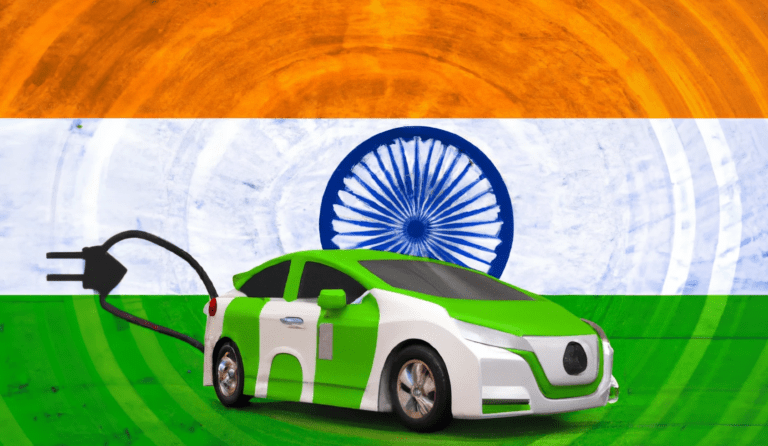On Tuesday, BYD unveiled the latest version of its plug-in hybrid technology, which enhances fuel efficiency and cost savings.
The new plug-in hybrid technology sets a new standard with fuel consumption as low as 2.9 litres per 100 km on depleted batteries. Moreover, the technology offers a driving range of 2,100km with a fully charged battery and a filled gas tank.
BYD chairman Wang Chuanfu launched the latest technology while addressing at an event in Xian.
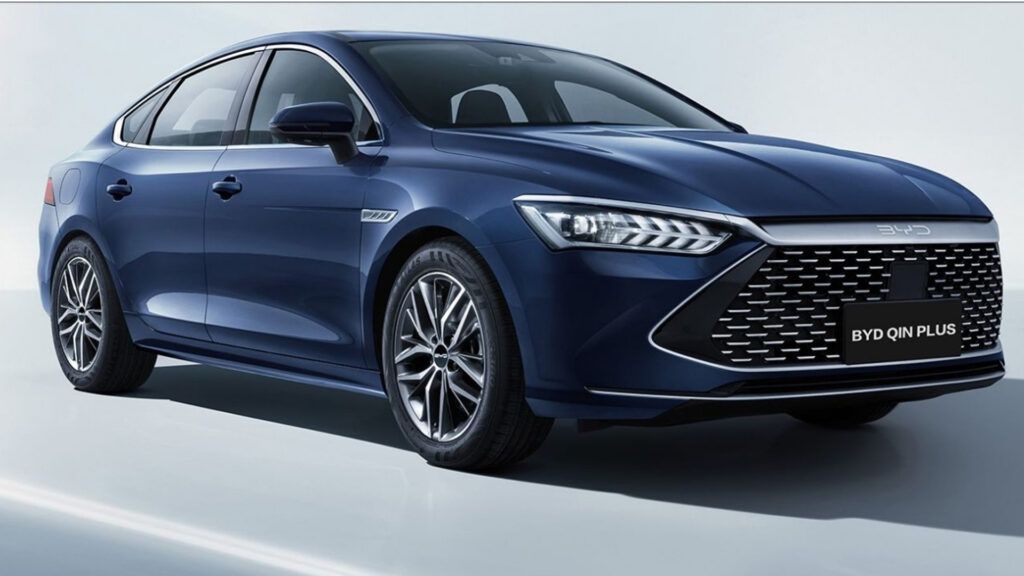
Evolution of BYD’s Plug-In Hybrid Tech
BYD introduced the Qin L and Seal 06 models, both featuring the new technology. The company stated that people using the latest tech will save up to 9,682 yuan a year in fuel costs compared to those driving gasoline models.
Since 2021, company’s previous generation of plug-in hybrid technology helped increase the growth of the company. This technology claims a driving range of dozens of km on batteries and achieves a fuel consumption of 3.8 litres per 100 km solely on the gasoline engine. The Chinese automaker used the tech in models such as the Qin Plus DM-i and Song Plus DM-i SUV.
BYD has sold about 3.6 million plug-in hybrids priced at 79,800 yuan, making up the bulk of its sales in the past three years.
Furthermore, in the first quarter, the Chinese company reduced the prices of its plug-in hybrids by 10%-22%. This led to Qin and Song outselling gas models like Lavida and Sagitar in the mass market. It means lower prices and reduced fuel consumption of these models attracted budget-conscious Chinese buyers.
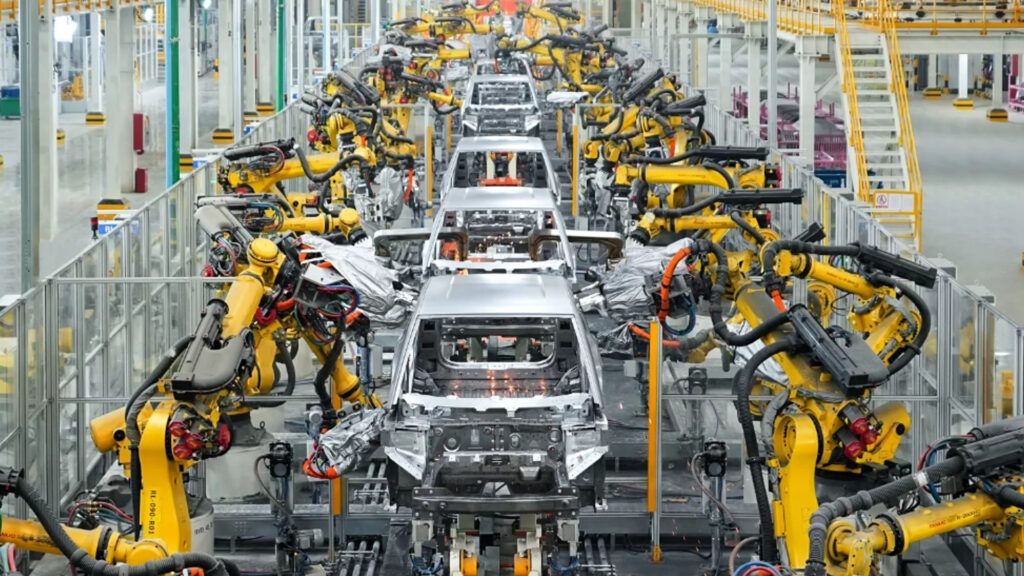
Expansion Beyond China
Despite accelerating its global expansion, BYD remains behind automakers like Toyota, Volkswagen, GM, and Stellantis in sales.
However, BYD and Chinese EV makers are confronting Japanese automakers in markets like the Middle East and Southeast Asia. That’s because the governments in these regions impose fewer trade barriers and tariffs.
Recently, Toyota also presented next-gen engines, which it claimed would be adaptable to alternative fuel sources like e-fuels and biofuels. This adaptation aims to reduce carbon emissions and redesign vehicles by enabling lower hoods.
Chinese automakers, unlike Toyota’s pioneering hybrid technology with the Prius in 1997, use plug-in hybrids with larger battery packs. Impressively, these plug-in hybrids can drive much longer on electricity.

